SEA-NL advises Ottawa to increase northern cod harvest, but not to lift ’92 moratorium
Seaward Enterprises Association of Newfoundland and Labrador (SEA-NL) has called on Ottawa to increase the 2024 northern cod harvest, but under a continued inshore stewardship fishery that bans offshore factory-freezer trawlers.
“Lifting the moratorium and restarting a full-fledged commercial fishery for northern cod will open the gates to offshore draggers, foreign and domestic, which the stock is not ready for,” says SEA-NL President Bruce Layman, a Carbonear-based inshore fisherman.
This is year 32 of the official northern cod shut moratorium, but a small-scale inshore fixed-gear stewardship fishery has taken place since 2006 with gillnets, longlines, hand lines, and cod pots as the only authorized gear types.
The debate on whether to lift the moratorium and restart a commercial fishery has picked up since last fall when DFO introduced a new assessment model that elevated the stock’s scientific status to “cautious” from the “critical” zone.
While inshore harvesters say there’s been significant growth in the stock, DFO science says growth has stalled since 2016.
This past February SEA-NL recommended DFO not reopen the commercial fishery for northern cod in 2024 or the foreseeable future, and, instead, continue on with the inshore stewardship fishery — albeit with a higher maximum harvest level.
The FFAW also recommended a continued stewardship fishery, with a total harvest of 25,000 tonnes. At the same time, the Atlantic Groundfish Council, representing the big-boat offshore sector, recommends a similar-sized harvest — but under a reopened commercial fishery.
The difference between a stewardship fishery and commercial fishery is gear type — resuming a full-fledged commercial fishery would open the door to offshore factory-freezer trawlers once again fishing the stock.
Under NAFO rules, foreign fleets outside Canada’s 200-mile limit are entitled to 5% of the northern cod quota once a commercial fishery resumes.
While DFO policy reserves the first 115,000 tonnes of northern cod quota for the inshore fleet, it is still not clear whether DFO will allow offshore trawlers to catch the indigenous share, which could be as high as 25%.
DFO’s track record of turning around commercial stocks following fishery shut downs is also questioned.
Despite introducing a moratorium on the 3Ps cod stock off southern Newfoundland in 1993, followed by a reopening of the commercial fishery and quota levels that reached as high as 30,000 tonnes in 1999, that stock remains on its knees with a 2023 quota of just 1,346 tonnes.
DFO has never stopped the offshore sector from fishing its share of the 3Ps cod quota, despite inshore enterprise owners warning of the damage it does to spawning and pre-spawning congregations on the fishing grounds.
The province’s third adjacent cod stock in the Gulf of St. Lawrence has also been closed to commercial fishing since 2022.
Contact Bruce Layman at 709 682 1671






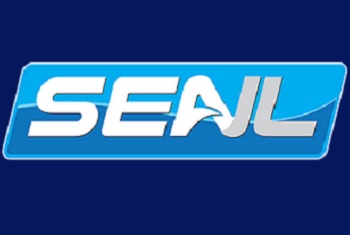



























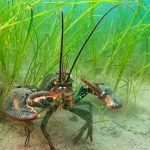

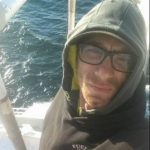
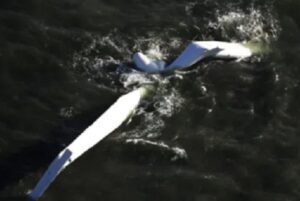

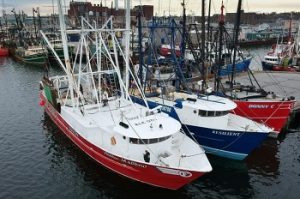



Leave a Reply